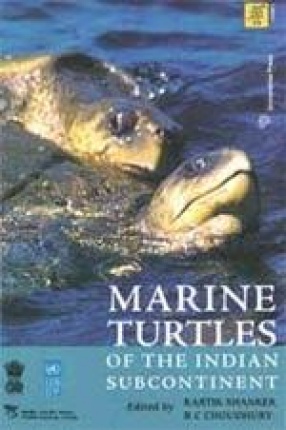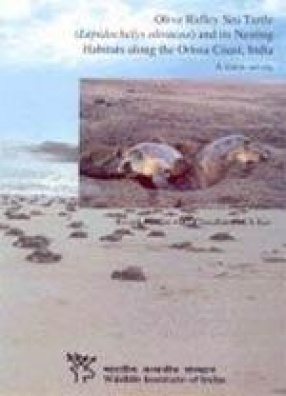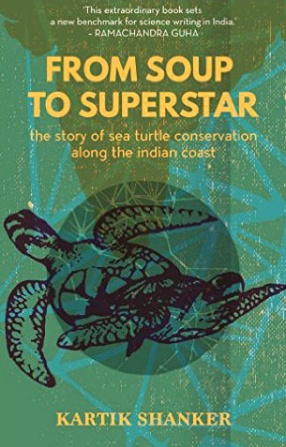Marine turtles become accessible to humans for brief episodes in their life history, when they leave the open oceans and lumber onshore to nest. These giant air-breathing turtles belong to the most ancient line of living reptiles; however, poaching and egg depredation, development along ocean and coastal zones, and the rapid expansion and mechanisation of the fishing sector in the last few decades have severely endangered these tenacious survivors. Five of the world’s seven species of marine turtles occur on the Indian subcontinent. Many of these form part of regionally or globally important populations. Unfortunately, information for most sites and populations is unavailable or outdated, deriving from the initial path-finding surveys that were conduct between the early ’70s and ’90s. A GOI–UNDP -sponsored project was carried out between 2000-02 to update information on the status of India’s marine turtles and to provide an impetus to participatory conservation. This book documents the results of surveys carried out under that sea turtle project. Features: Status surveys conducted along the east and west coasts of the Indian mainland, the Lakshadweep archipelago, and the Andaman and Nicobar Islands. Status of marine turtles in Sri Lanka, Bangladesh and Pakistan. Review of fishery-related issues, including causes and effects of incidental mortality, and potential solutions such as turtle excluder devices. Review of conservation efforts. Legislation and international instruments pertaining to marine turtle conservation. Research on the biology of marine turtles and methods to conserve their habitats.
Olive Ridley Sea Turtle (Lepidochelys Olivacea) and its Nesting Habitats along the Orissa Coast, India
The Olive Ridley sea turtle ...
Out of stock







There are no reviews yet.